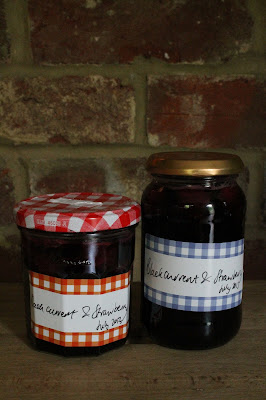During my art foundation course I did some research into natural dyes and ended up using it as a process in my final project. It is a process that has stayed with me and I hope in the future to grow my own plants to use as natural dye stuffs but in the mean time I use what I can easily get my hands on.
I've been planning this project for a while now but just never seem to get around to it, but today I had good enough weather to hang stuff in the garden so I got my saucepans out!
To dye this simple shirt I used powdered turmeric as it creates such a bright vivid yellow that is perfect for summer. Turmeric is a great natural dye to get hold of as it is a common spice that is already powdered which makes the dying process much quicker and simpler too. I boiled half a pan of water with about two tablespoons of turmeric powder in until it had mostly dissolved. I hung the shirt over the pan so I could dip dye the end rather than dye the whole thing.
The deep orange colour is difficult to achieve from Turmeric once dried, the top has turned much more yellow than orange after it had dried during the afternoon but I might dye it again in the future to try and get a deeper yellow/orange than bright yellow.
The great thing about using natural dyes is that the colours do change over time, exposure to the sun, wear and washing will change the colours but it just means I can re-dye it later on to create another new looking top without having to actually buy one!
I love it! I love it even more because it took about 20 minutes to dye then all I had to do was wait for it to dry!












